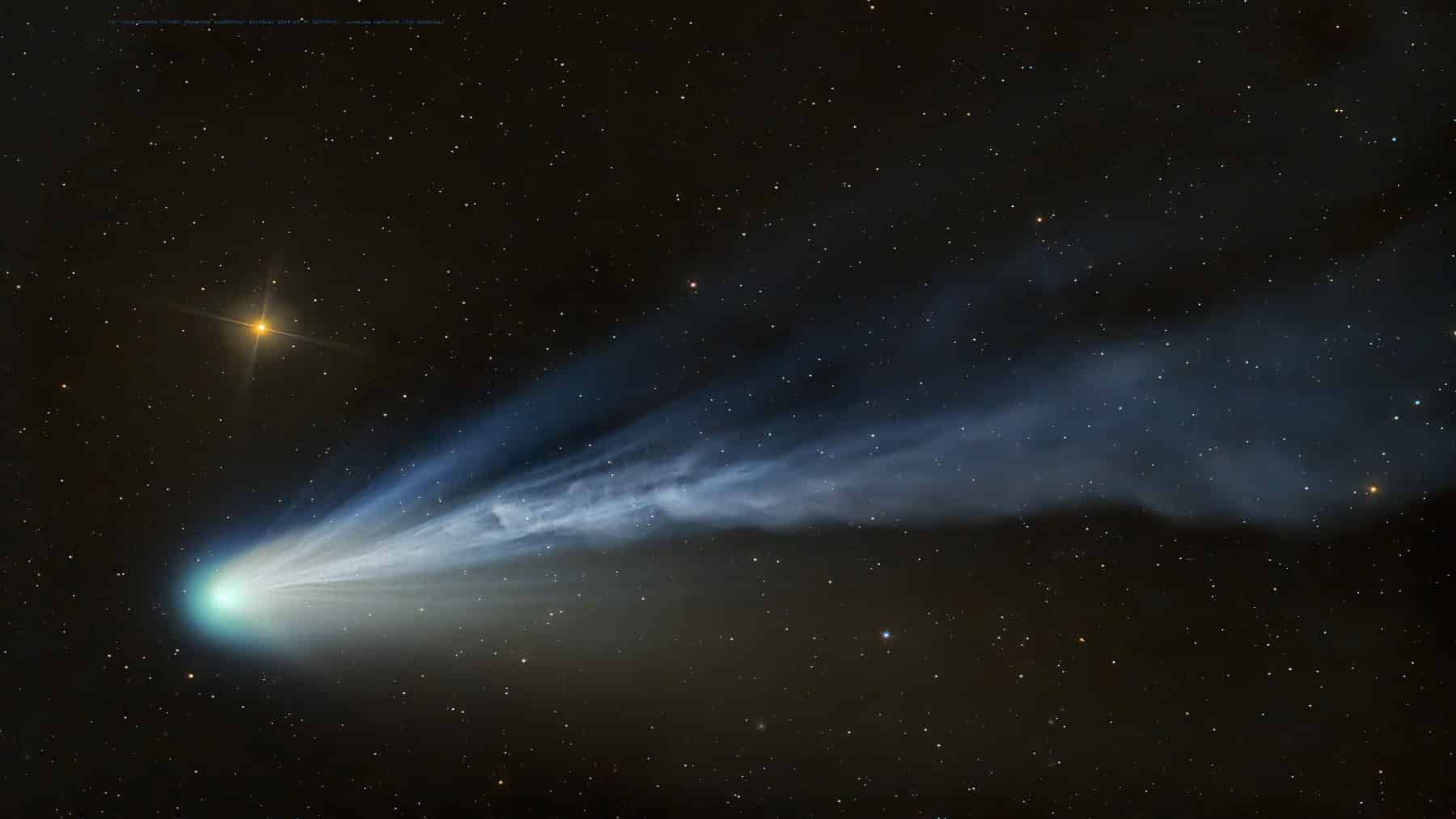In astronomy, it is widely known and accepted that planets, stars, comets, and extraterrestrial bodies collapse after a period of time, especially if an anomaly occurs within the cosmos. It has never been supported by practical evidence. Efforts have been made in recent times to substantiate this phenomenon. But what is the progress so far on this hypothesis? Read on to find out more.
How long has it been hiding in plain sight?
In fact, its discovery wasn’t planned at all. Astronomers and scientists were on a mission to detect unusual phenomena in the cosmos when they came across a comet that was very dim. It was so dim that ground noise was indistinguishable from itself.
Its trajectory was, in fact, much different from other planetary objects. It also didn’t reflect light so much. This pushed scientists to take a closer inspection. It was observed to be a fading ember drifting in the bottomless pit of darkness of space. This would have never been possible without the use of hypersensitive spatial equipment developed on Earth, all thanks to a team of highly dedicated researchers and scientists alike.
The emerging data
After the decision to investigate this extraterrestrial object was made, it was found that the comet didn’t adhere to the typical profile that was expected of it as a comet. The typical feature of comets is the exhibition of intense brightness that could be spotted several thousand miles away. This particular outlier didn’t exhibit this; instead, it appeared nearly dormant. The background data on hand suggests that the comet has used up all its ices and gases, the components that propagate its intense glow as it nears the sun.
The soft trail the comet left behind was a mix of dust and debris slowly disintegrating like a tattered cloak. This was a comet in its final state that was never meant to be discovered, but could not escape the gaze of humanity.
The comet’s final moments
It is consequential to note that the discovery of the comet was made in its final phase. This has substantiated the claim that all comets would eventually enter their terminal phase. All comets travel around the sun, and this singular orbiting motion wears these comets down. Loss of structure and materials adds to the degradation over time. Scientists and researchers normally call the comet’s final moments its terminal phase.
Astronomy: What comes next?
The discovery of something so profound initiates a level of urgency in scientists and researchers alike. Emphasis is placed on developing equipment that can further analyze these particles and track more sensitive temperatures. If something so fascinating could be discovered in plain sight, there is an inevitable possibility that countless phenomena could be lurking in the shadows, waiting to be discovered by humanity.
Uncovering the mystery about this comet opens the gateway to understanding the intricacies of cometary decay and the connection between the comets and our solar system. Asteroids and other extraterrestrial life forms are not left out. Uncovering the trail left behind by the comets doesn’t end here; it raises questions. Questions about how much of the universe slips past our adventurous gaze and so much more.
The trail of dying light left behind is more than a regular occurrence. It shows us just how much of our universe is waiting to be explored. It also reveals that the simple trails left behind by our cosmos can lead to greater discovery for both scientists and astronomers. As our equipment continues to advance, greater discoveries are waiting to be made. A glimmering hope for humanity’s spatial dominance.
